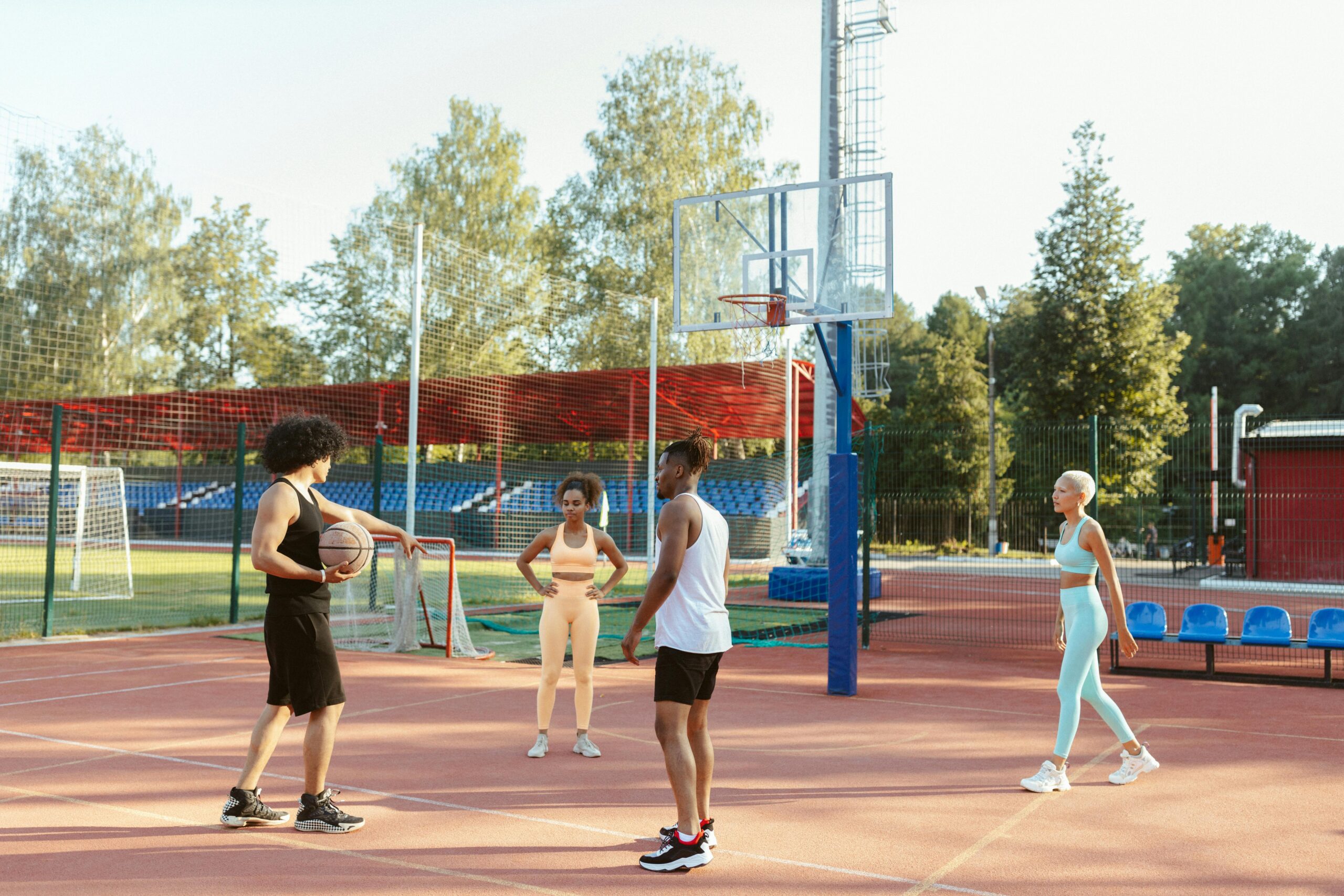Understanding Gender Diversity in Sports
To truly make sports inclusive, it is crucial to understand the wide range of gender identities that exist. Traditional gender norms often dominate sports, creating barriers for those who do not fit into these conventional categories. Recognizing that gender exists on a spectrum helps pave the way for a more welcoming environment. This acknowledgment involves respecting each individual’s unique identity and experiences. Both athletes and administrators can benefit from education on gender diversity and its influence on sports participation and enjoyment. When everyone involved in sports understands and appreciates the nuances of gender, it can lead to a more inclusive and supportive atmosphere for all participants.
Building Inclusive Policies
Policies that embrace inclusivity are essential for a supportive sports environment. These guidelines must safeguard individuals of all gender identities and ensure equal opportunities for everyone. It’s important to use non-discriminatory language in codes of conduct and make sure everyone has fair access to facilities and resources. Implementing procedures for reporting and addressing incidents of discrimination is also vital. Policies should be clear about consequences for discriminatory behavior and offer support for those affected. Regularly reviewing and updating these guidelines helps keep them relevant and effective. When sports organizations prioritize inclusivity in their policies, they create a foundation where all genders feel valued and respected.
Training and Education for Coaches and Staff
Workshops and seminars that focus on gender awareness can significantly improve the dynamics within sports teams. Coaches and staff should participate in these educational sessions to better understand the specific needs and challenges faced by athletes of diverse gender identities. Providing practical strategies to dismantle stereotypes and biases is crucial. Training should include real-life scenarios and role-playing exercises to equip coaches and staff with the skills needed to handle various situations inclusively. Continuous education ensures that the knowledge stays current and relevant, keeping inclusivity at the forefront of the team’s culture. By investing in thorough training programs, sports organizations empower their staff to create a welcoming and supportive environment for all athletes.
Creating Safe Spaces for All Genders
The layout and administration of sports facilities significantly affect how comfortable and secure all athletes feel. Locker rooms should be designed to offer privacy options that cater to various gender identities. This might include individual changing spaces and private shower areas. Clear signage and guidelines can also help in maintaining these safe spaces, making them easily accessible to everyone.
Instituting a zero-tolerance policy for any form of harassment or discrimination is essential. Immediate actions against bullying or exclusion should be standard practice. Training staff to recognize and intervene in instances of gender-based harassment can help maintain a supportive environment.
Additionally, ensuring that facilities are inclusive in their design goes beyond just locker rooms. Restrooms, practice areas, and spectator spaces should also reflect a commitment to gender inclusivity. For example, offering gender-neutral restrooms and ensuring they are clearly marked and available can make a significant difference.
Feedback from athletes can provide valuable insights into how facilities can be improved. Regularly consulting with them about their needs and experiences can lead to better-designed and more inclusive spaces. It’s also beneficial to have visible information about how to report incidents of discrimination or harassment, so athletes know they have a support system in place.
Physical spaces should reflect the inclusive values of the organization. By thoughtfully considering the needs of all gender identities in the design and operation of sports facilities, organizations can help ensure that every athlete feels welcome and respected.
Encouraging Open Dialogue
Conversations about gender diversity can be instrumental in creating a more inclusive sports environment. By fostering an atmosphere where athletes, coaches, and staff feel comfortable discussing their experiences and concerns, organizations can address issues more effectively. Encouraging open dialogue can break down misconceptions and build a more empathetic community. Providing regular forums or discussion groups specifically focused on gender inclusivity allows participants to voice their thoughts and learn from each other.
These conversations should be structured to ensure that all voices are heard, and facilitators should be trained to handle sensitive topics with care. Anonymous surveys or suggestion boxes can also be used to gather feedback from those who might not feel comfortable speaking up in a group setting. By actively seeking and valuing this input, sports organizations can gain a better understanding of the challenges faced by athletes of various gender identities and work towards solutions.
Ensuring that discussions are ongoing rather than one-time events helps keep gender inclusivity at the forefront of team dynamics. This continuous engagement demonstrates a genuine commitment to creating a welcoming environment. When open dialogue is encouraged and supported, it can lead to meaningful changes in policies, practices, and overall team culture.
Highlighting Gender Diversity in Media
Media representation significantly shapes how society views gender in sports. By featuring athletes of diverse gender identities, media outlets can help break down stereotypes and foster a more inclusive culture. It’s essential to cover these athletes’ stories with respect and authenticity, focusing on their skills and accomplishments rather than reducing them to their gender identities.
Coverage should aim to balance recognition of athletic achievements with a broader understanding of the unique challenges faced by athletes of various gender identities. Highlighting the perseverance and dedication of these athletes can inspire others and promote a more inclusive perspective in the sports community. Additionally, media outlets should be mindful of the language they use, ensuring it is inclusive and non-discriminatory.
Athletes themselves can play a pivotal role in this narrative by sharing their experiences and advocating for inclusivity. When athletes of diverse gender identities are given a platform to tell their stories, it not only raises awareness but also encourages acceptance and support from fans and fellow athletes.
Social media can be a powerful tool in this effort, providing a space for real-time engagement and fostering a sense of community among athletes and fans. Media outlets can leverage these platforms to amplify voices and stories that might not otherwise receive mainstream attention.
Collaborating with advocacy groups and organizations dedicated to gender inclusivity can also enhance the quality and reach of media coverage. These partnerships can provide valuable insights and ensure that stories are told with accuracy and sensitivity.
By thoughtfully and respectfully highlighting gender diversity in sports, the media can contribute to a culture where all athletes feel recognized, valued, and supported.

